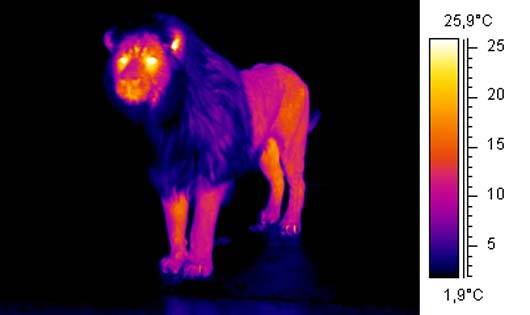A new study, published in Nature, reveals that the ancestors of mammals benefitted in the evolutionary race owing to their ability to adapt their metabolism beyond the constraints imposed by body temperature. They were able to colonise colder environments or high latitudes, allowing them to thrive when the Earth’s climate cooled.
The basal metabolic rate of animals (the rate at which energy is used to maintain the body) was previously thought to be intimately linked with an animal’s body temperature. However, this research shows mammals were able to decouple this relationship to allow their metabolism to evolve rapidly and adapt over 165 million years.

Dr Jorge Avaria-Llautureo, Evolutionary Biologist at the University of Reading and lead author of the study, said: “The research shifts the emphasis to understand the origin of mammalian metabolic diversity as a response to the rate at which they lose heat to the environment.
“Colder environments increase the rate of heat loss from mammals and, to maintain the body temperature constant, this loss is subsequently compensated for by increasing the metabolic rates as long as resources are available to fuel the metabolic elevation.”
Previous research worked on the principle that body temperature and metabolism were closely aligned because metabolism is the primary source of heat and the body temperature itself affects the metabolic rates.
[ad_336]
However, the new study found that natural selection was able to quickly adapt animals’ metabolisms irrespective of body temperature – this was true for over 90% of ancestral mammals including bats, carnivorous, hedgehogs, marsupials, primates, rabbits, rodents, and even-toad ungulates.
Dr Chris Venditti, Evolutionary Biologist at the University of Reading and co-author of the paper, said: “The paper has challenged the assumption of ecological and evolutionary theories that basal metabolism evolved hand-in-hand with body temperature. These physiological traits evolved under distinct selection pressures causing different routes to their modern diversity. It also helps us to understand the evolutionary advantages that have led to the diversity of the energy expenditure in mammals.”
The paper also looked at the evolutionary trajectory of metabolism in birds. They found that basal metabolic rates and body temperature were also unlinked at least 36% of the time, however, avian metabolism was not affected by changes in ambient temperature.
[rand_post]
Dr Avaria-Llautureo said: “The difference we saw in birds is most likely because feathers allow more heat retention than fur. Their feathers helped them to isolate their internal environment and to keep their physiology more constant than mammals in an ever colder historical environment.”
Mammals that particularly benefited from the evolutionary advantage include:
- hedgehogs (order Eulipotyphla)
- even-toed ungulates (order Artiodactyla)
- carnivorous (order Carnivora)
- primates (order Primates)
- rabbits (order Lagomorpha)
- rodents (order Rodentia)